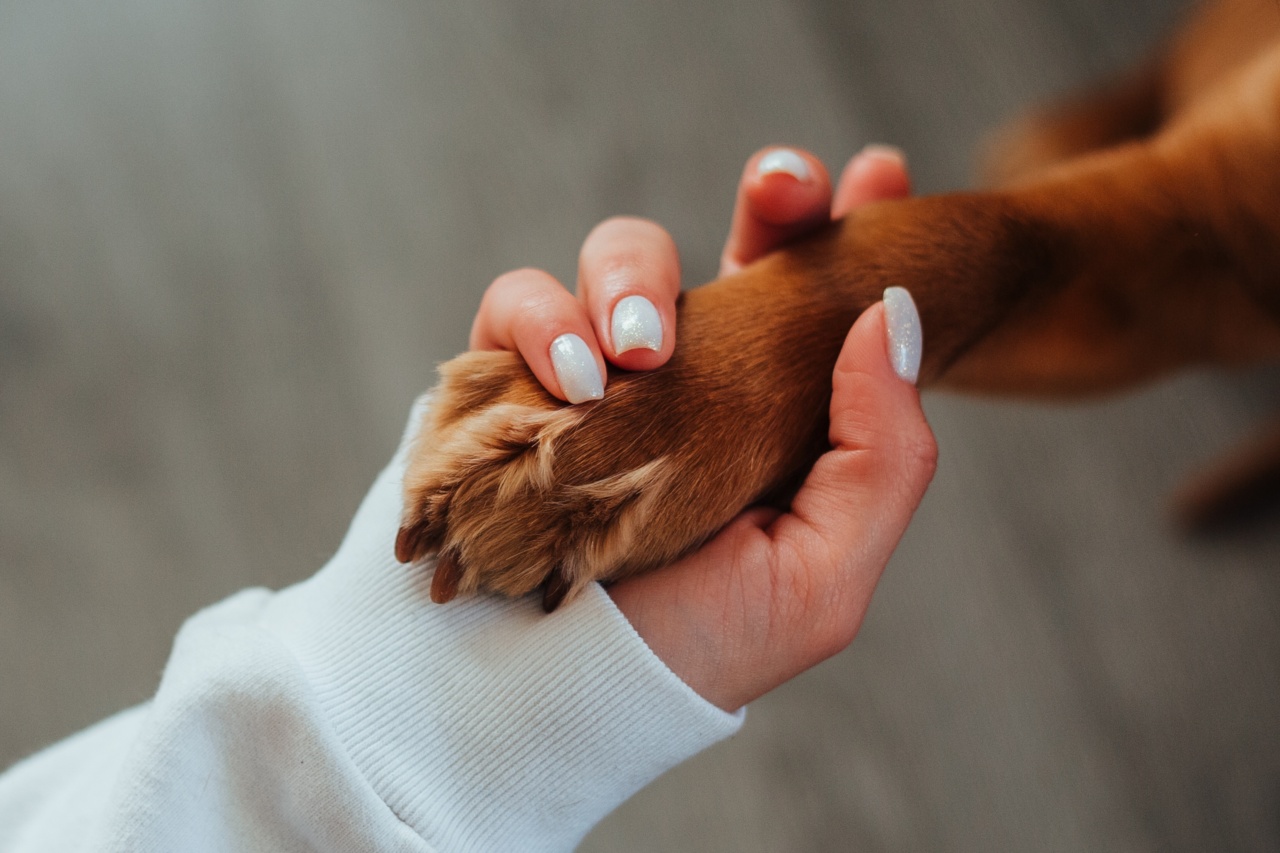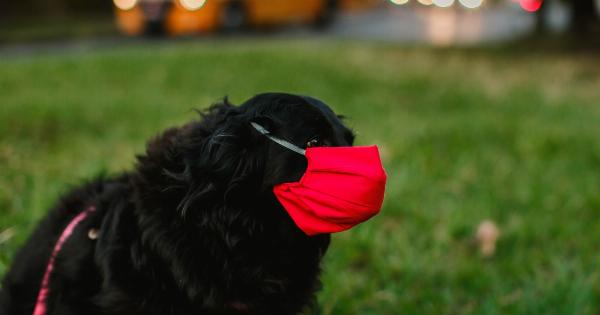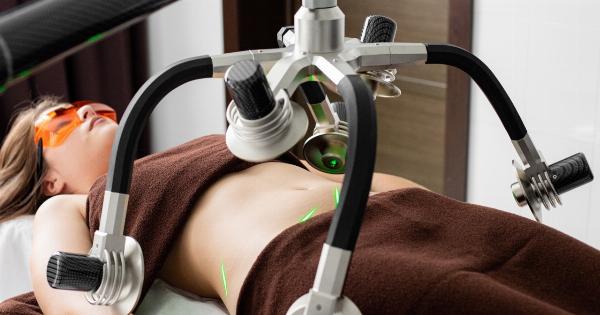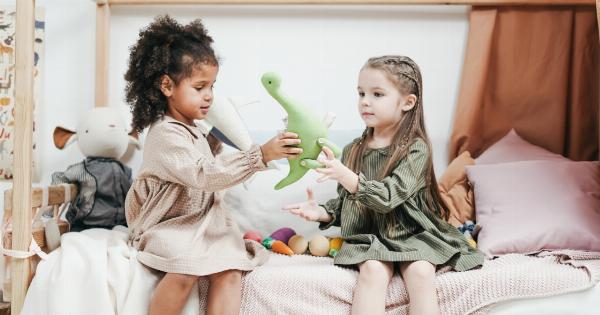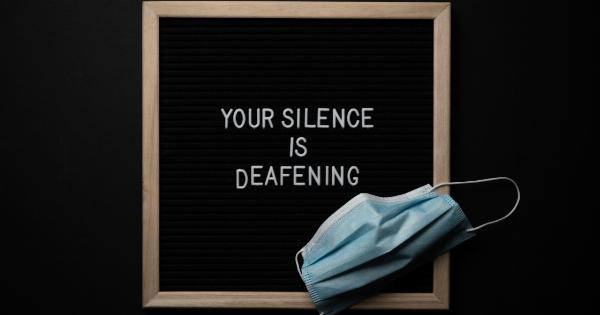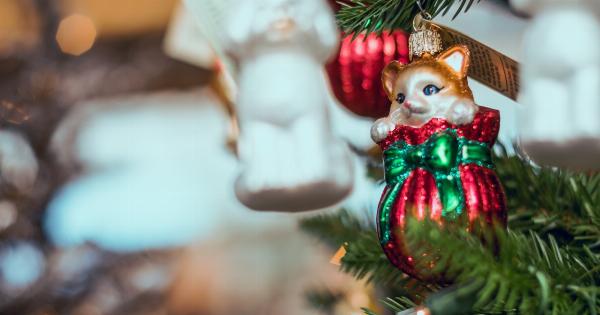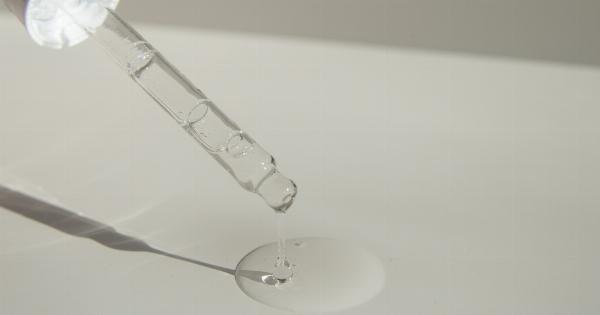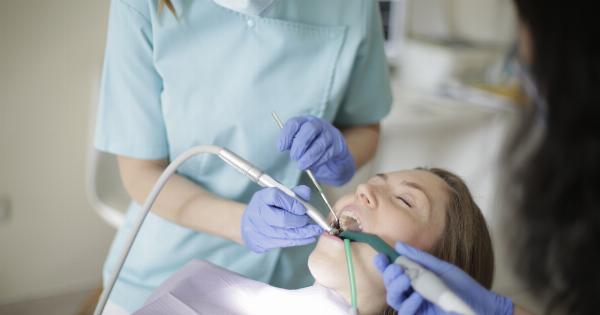Our furry friends hold a very special place in our lives, bringing us joy, companionship, and unconditional love. As pet owners, it is our responsibility to ensure their safety and well-being.
While we may be aware of obvious dangers, there are numerous hidden threats that pose a risk to our pets. In this article, we will explore some of these concealed perils and provide you with practical tips to shield your pet from harm.
1. Household Toxins
Many common household items can be toxic to pets. Cleaning products, certain plants, and even certain human foods can cause harm.
Keep all cleaning supplies locked away, research which houseplants are safe for pets, and avoid feeding your pet food that may contain toxic ingredients like chocolate, onions, or grapes.
2. Electrical Cords
Pets, especially puppies and kittens, are naturally curious and may chew on electrical cords. This can result in electric shock or even serious injury.
To prevent this, keep cords hidden or covered and use cord protectors to make them unappealing to your furry friends.
3. Medication
Just like humans, pets can get sick too. However, giving them medication meant for humans can be dangerous. Always consult your vet before administering any medication to your pet.
Ensure that all medications are stored securely and out of reach from your furry friends.
4. Open Doors and Windows
When doors or windows are left open, there is an increased risk of your pet escaping or falling out. Always be mindful when entering or exiting your home, and make sure that windows are fitted with secure screens.
Additionally, consider microchipping your pet to increase the chances of a safe return if they do manage to get out.
5. Sharp Objects
Sharp objects like needles, scissors, or broken glass can cause serious injuries if a pet steps on them or tries to play with them. Store such items safely in sealed containers or cabinets to prevent any accidents.
6. Antifreeze
Antifreeze contains a substance called ethylene glycol, which is highly toxic to pets. A small amount can be fatal. Ensure that all antifreeze containers are securely closed and stored out of reach.
Clean up any spills immediately and consider using pet-friendly alternatives.
7. Chemicals in the Yard
Many fertilizers, pesticides, and herbicides used in yards can be toxic to pets. Keep your pet away from recently treated areas and, if possible, opt for pet-safe alternatives when maintaining your yard.
8. Household Hazards
Common household hazards include items such as sharp edges on furniture, small objects that can be swallowed, or dangling cords that can strangle a pet. Safeguard your home by removing or securely storing these potentially hazardous items.
9. Unattended Open Flame
Candles, stovetop burners, and fireplaces are all sources of open flame that can pose a risk to your pet. Never leave these unattended, and consider using flameless alternatives to eliminate the danger altogether.
10. Household Plants
While plants can liven up your home, many common houseplants are toxic to pets. Some examples include lilies, aloe vera, and ivy.
Research pet-friendly options when choosing indoor plants or consider keeping them in areas inaccessible to your furry friends.
Conclusion
Protecting our pets is a constant endeavor, and awareness of hidden dangers is crucial.
By addressing household toxins, securing electrical cords, storing medications safely, and taking precautions with open doors and windows, sharp objects, and household hazards, we can significantly reduce the risk to our beloved pets. Additionally, being mindful of chemicals in the yard, unattended open flames, and pet-toxic household plants will further contribute to their well-being.
Remember, a little prevention goes a long way when it comes to shielding your pet from concealed harm.
